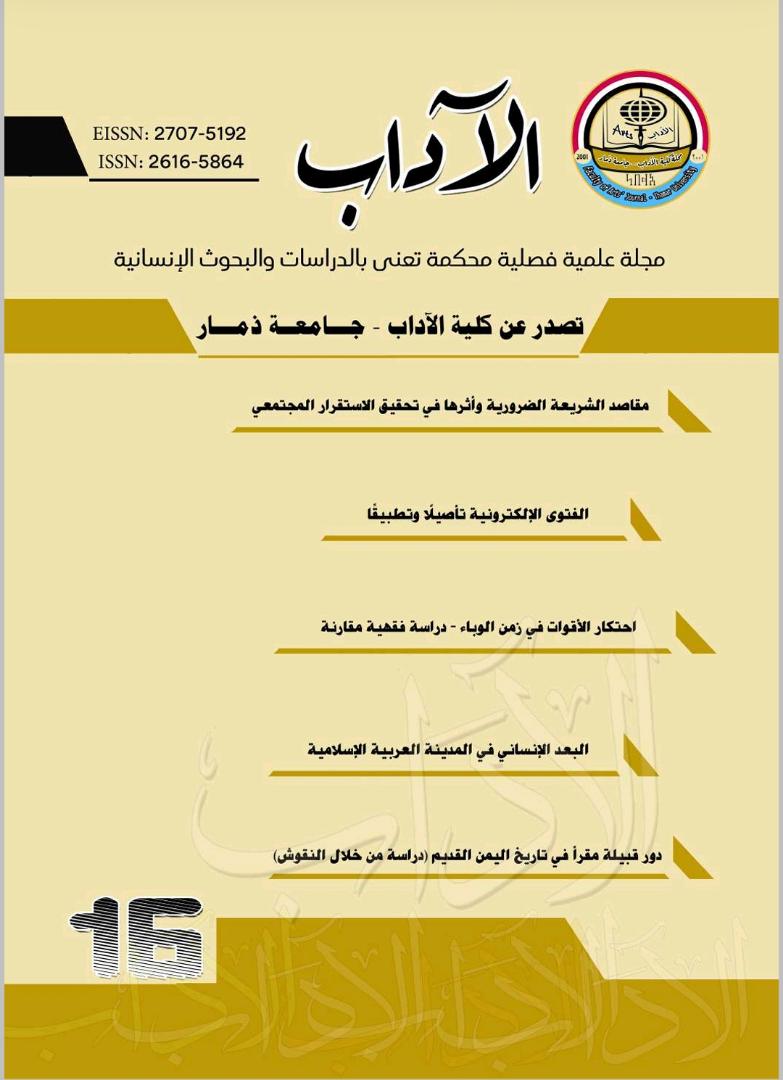The Human Dimension in the Arab Islamic City
DOI:
https://doi.org/10.35696/.v1i16.673Keywords:
Human Dimension, Compact Structure, Diversity, Comforts, IdentityAbstract
The cities built by Muslims represent a true picture of the Islamic civilization that we still see in many Arab and Islamic cities. Muslims chose distinctive sites and added to them their various and varied arts in various fields. All that done for the purpose of humanity. However, many modern cities lack many of the human dimensions necessary to fulfill the material and moral needs of their inhabitants because of ignoring the principles on which the Arab Islamic city was built and replacing them with modern principles and theories. This study aims to analyze and explore the human dimensions that Arab Islamic cities include, in order to get benefit from them to address and strengthen the human dimension in the existing modern cities, and to consider them when designing new cities. The study has explored ten human dimensions that planners and designers should take into account when planning and designing cities. These dimensions are (management - accessibility - cohesive structure - diversity - comfort - human scale - identity - membership and simplicity - privacy).Downloads
Downloads
Published
How to Cite
Issue
Section
License
Copyright (c) 2021 أحمد محمد محمد عبدالمغني، عبدالله عبدالسلام الحداد (مؤلف)

This work is licensed under a Creative Commons Attribution 4.0 International License.
Copyright and Licensing
For all articles published in journal, copyright is retained by the authors. Articles are licensed under an open access Creative Commons CC BY 4.0 license, meaning that anyone may download and read the paper for free. In addition, the article may be reused and quoted provided that the original published version is cited. These conditions allow for maximum use and exposure of the work.






